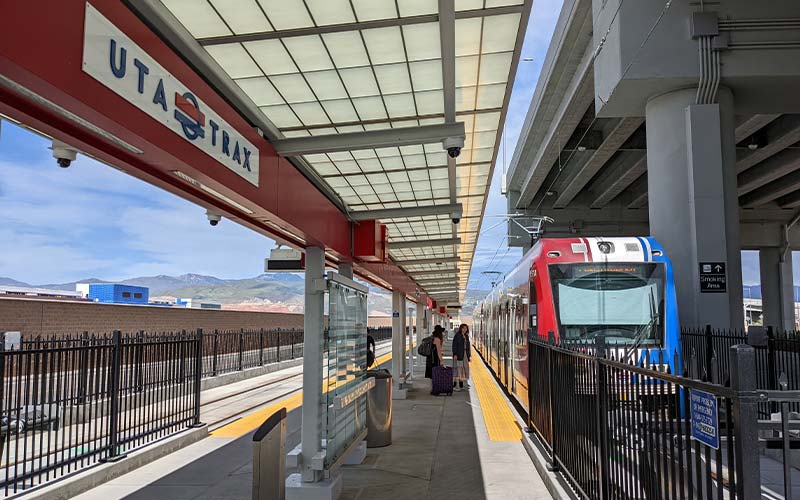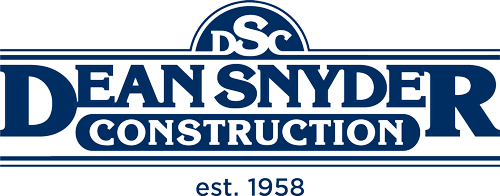
by Eric Miller | Jul 15, 2024
I cringe when I hear someone mention the idea that we need to build light rail between Omaha and Lincoln… not because I don’t agree that more and better transit is needed between the two cities, but because of the lack of understanding of what the most applicable mode of transit should be operated (the correct answer here is intercity bus and commuter rail). Another favorite of mine is when someone questions the need for a streetcar along Farnam/Harney with the ORBT service on Dodge Street, perhaps without realizing that there is currently a local bus route on Farnam/Harney. The purpose of this article is to arm you with the information needed to intelligently explain what optimal type of transit mode could be applied for specific uses in the Omaha metro area as well as have a better understanding of what is discussed by people when referencing transit studies. And yes, there will be a quiz later, in the form of future articles that dig deeper in specific transit corridors! First, a...

by Eric Miller | May 30, 2024
Welcome to the first transit article for the new Grow Omaha news site! I am planning to write articles on relevant transit issues that cover a wide variety of topics and explain some of the latest activities, especially with the streetcar project as it unfolds. While I have a broad list of items to cover in the future, if there is anything you would like me to cover in the future, definitely drop me a line and let me know. First, a little background about myself – I am a native of the Omaha area (grew up in Bellevue), and my entire 20-year career has been focused on transit planning. I spent 19 of those years in Denver, where most of my work was focused on planning and implementing the Regional Transportation District (RTD) FasTracks program. I currently work as a private consultant, and my latest projects cover Bus Rapid Transit (BRT), streetcar, light rail and intercity rail for communities in Iowa, Nebraska, Colorado and Oklahoma. Being the first transit article, this may end up...
